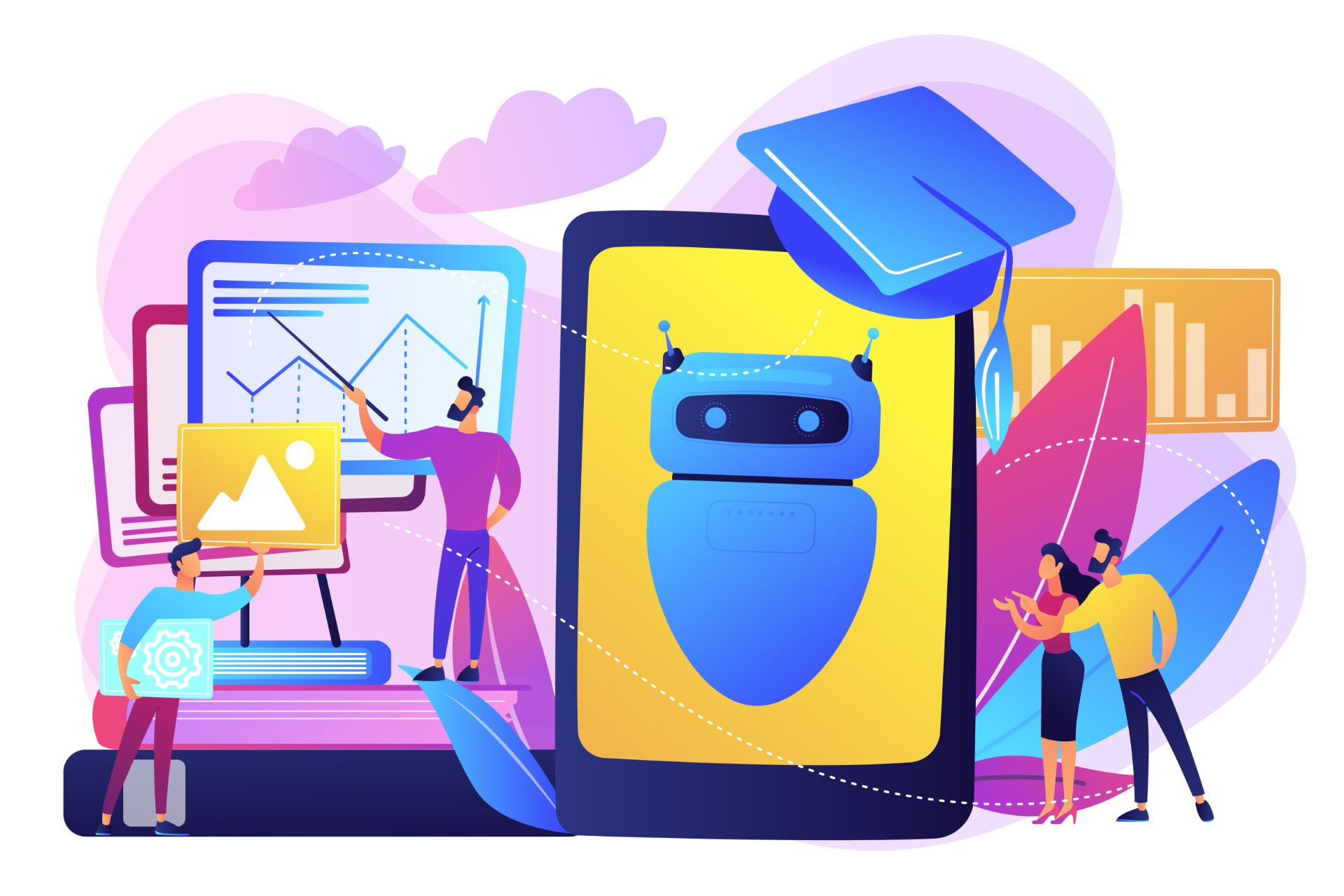You can enable communication between your bot and Unity by using the Direct Line API. I will explain how to do it in Unity but also provide some information about the mechanism.
Authentication
Direct Line API 3.0 requests can be authenticated either by using a secret that you obtain from the Direct Line channel configuration page in the Azure Portal or by using a token that you obtain at runtime.
- A Direct Line
secretis a master key that can be used to access any conversation that belongs to the associated bot. A secret can also be used to obtain a token. Secrets do not expire. - A Direct Line
tokenis a key that can be used to access a single conversation. A token expires but can be refreshed.
Starting conversation
Direct Line conversations are explicitly opened by clients and may run as long as the bot and client participate and have valid credentials. While the conversation is open, both the bot and client may send messages.
More than one client may connect to a given conversation and each client may participate on behalf of multiple users.
To open conversation, issue a POST Request to the endpoint
POST https://directline.botframework.com/v3/directline/conversations
Authorization: Bearer `SECRET` OR `TOKEN`
If the request is successful, the response will contain an ID for the conversation, a token, a value that indicates the number of seconds until the token expires, and a stream URL that the client may use to receive activities.
{
"conversationId": "-ABC-",
"token": "-123-",
"expires_in": 3600,
"streamUrl": "wss://directline.botframework.com/v3/directline/conversations/-ABC-/stream?watermark=-&t=-123-",
"referenceGrammarId": "ddf0cd2c-b093-595c-b951-8431afebed17"
}
To perform this action in Unity, we have to:
- Call the HTTP Service and store the answer for later purpose.
- Initiate discussion to have the greetings (optional - see Microsoft Bot Channel activities
internal IEnumerator StartConversation()
{
// Compose Directline Endpoint
string conversationEndpoint = string.Format("{0}/conversations", botEndpoint);
// Create a empty webform to perform post
WWWForm webForm = new WWWForm();
// Call HTTP Service with Unity - See https://docs.unity3d.com/ScriptReference/Networking.UnityWebRequest.html
using (UnityWebRequest uwr = UnityWebRequest.Post(conversationEndpoint, webForm))
{
// Define Auth header
uwr.SetRequestHeader("Authorization", "Bearer " + botSecret);
// Define temp storage for answer
uwr.downloadHandler = new DownloadHandlerBuffer();
// Send & Wait for answer
yield return uwr.SendWebRequest();
// Manage answer if no faillure
if (uwr.result != UnityWebRequest.Result.Success)
{
Debug.LogError($"BOT | StartConversation | Request error: {uwr.error} \n Status: {uwr.responseCode.ToString()}");
}
else
{
// Catch the answer
string jsonResponse = uwr.downloadHandler.text;
// Create Conversation to store authentication
conversation = new Conversation();
conversation = JsonUtility.FromJson<Conversation>(jsonResponse);
// Create Activities to store conversation messages
activities = new Activities();
// Set the Bot Status
conversationStarted = true;
// Request a first "introduction" from the Bot
if(greetings)
{
// The following call is necessary to create and inject an activity of type "conversationUpdate" to get greetings from your bot
StartCoroutine(SendMessageToBot("", botId, botName, "conversationUpdate"));
}
}
}
}
Sending messages
Additional Reading By using Direct Line API, Unity can send messages to your bot by issuing HTTP POST requests.
You may send a single message per request.
To send a message to the bot, the client must create an Activity and then issue a request to https://directline.botframework.com/v3/directline/conversations/{conversationId}/activities, specifying the Activity object in the body of the request.
POST https://directline.botframework.com/v3/directline/conversations/abc123/activities
Authorization: Bearer RCurR_XV9ZA.cwA.BKA.iaJrC8xpy8qbOF5xnR2vtCX7CZj0LdjAPGfiCpg4Fv0
Content-Type: application/json
[other headers]
{
"locale": "en-EN",
"type": "message",
"from": {
"id": "user1"
},
"text": "hello"
}
When the activity is delivered to the bot, the service responds with an HTTP status code that reflects the bot’s status code. If the POST is successful, the response contains a JSON payload that specifies the ID of the Activity that was sent to the bot.
private IEnumerator SendMessageToBot(string message, string activityType)
{
// Compose Directline Endpoint
string activityEndpoint = string.Format("{0}/conversations/{1}/activities", botEndpoint, conversation.conversationId);
// Create a empty webform to perform post
WWWForm webForm = new WWWForm();
// Create a new activity
Activity activity = new Activity();
// Provide Conversation Id
activity.conversation = new ConversationReference();
activity.conversation.id = conversation.conversationId;
// Provide Sender Information
activity.from = new UserAccount();
activity.from.id = playerId;
activity.from.name = playerName;
// Provide Message
activity.text = message;
// Provide content Type
activity.type = activityType;
// Provide Channel used
activity.channelId = "DirectLineChannelId";
// Serialize the activity
string json = JsonUtility.ToJson(activity);
// Call HTTP Service with Unity - See https://docs.unity3d.com/ScriptReference/Networking.UnityWebRequest.html
using (UnityWebRequest uwr = UnityWebRequest.Post(activityEndpoint, webForm))
{
// Define Auth header
uwr.SetRequestHeader("Authorization", "Bearer " + botSecret);
// Define temp storage for answer
uwr.downloadHandler = new DownloadHandlerBuffer();
// Define
uwr.uploadHandler = new UploadHandlerRaw(Encoding.UTF8.GetBytes(json));
// Define Content format
uwr.uploadHandler.contentType = "application/json";
// Send & Wait for answer
yield return uwr.SendWebRequest();
// Manage answer if no faillure
if (uwr.result != UnityWebRequest.Result.Success)
{
Debug.LogError($"BOT | StartConversation | Request error: {uwr.error} \n Status: {uwr.responseCode.ToString()}");
}
else
{
// Catch the answer
string jsonResponse = uwr.downloadHandler.text;
// Create ActivtyReference to store latest message
activityReference = new ActivityReference();
activityReference = JsonUtility.FromJson<ActivityReference>(jsonResponse);
// Add a timestamp
activityReference.time = Time.time;
// Get the Bot Service Answer
StartCoroutine(GetResponseFromBot(activity));
}
}
}
Receiving messages
Using Direct Line API 3.0, a client can receive messages from your bot either via WebSocket stream or by issuing HTTP GET requests. Using either of these techniques, a client may receive multiple messages from the bot at a time as part of an ActivitySet. For more information, see Receive activities from the bot.
